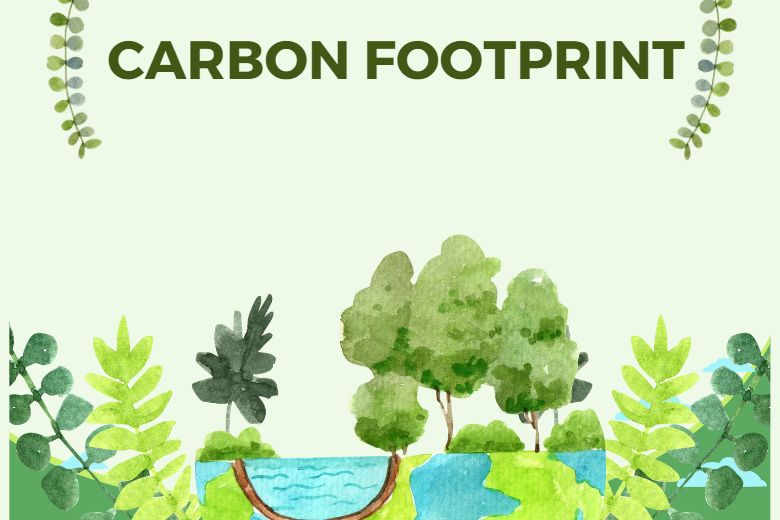9 Nutrition Tips for Reducing Your Carbon Footprint
As people become more aware of the impact of their daily choices on the environment, many are looking for ways to reduce their carbon footprint. One area where individuals can make a significant impact is through their dietary choices. In this article, we will discuss nine nutrition tips that can help you reduce your carbon footprint and make more sustainable food choices.
1. Choose plant-based protein sources
Animal agriculture is a significant contributor to greenhouse gas emissions, and the production of animal-based protein is often less sustainable than plant-based protein. Consider swapping meat for plant-based proteins such as beans, lentils, tofu, or tempeh.
2. Buy local and seasonal produce
Transporting food across long distances requires significant energy and generates carbon emissions. Buying locally grown produce that is in season can reduce the carbon footprint of your diet.
3. Minimize food waste
When food is wasted, all of the resources that went into producing that food, including energy and water, are wasted as well. Plan your meals carefully, store food correctly, and make use of leftovers to minimize food waste.
4. Choose organic and sustainable produce
Organic produce is grown without the use of synthetic pesticides and fertilizers, which can have negative impacts on the environment. Additionally, choose produce that is grown using sustainable farming practices, such as crop rotation and conservation tillage.
5. Reduce processed food consumption
Many processed foods require significant energy and resources to produce and often come packaged in single-use plastics. Choosing whole foods such as fruits, vegetables, and whole grains can reduce the carbon footprint of your diet.
6. Choose seafood wisely
Overfishing and unsustainable fishing practices can harm marine ecosystems and contribute to carbon emissions. Choose seafood that is sustainably sourced and avoid seafood that is overfished or caught using destructive methods.
7. Reduce dairy consumption
The production of dairy products such as cheese, milk, and yogurt can have a significant environmental impact. Consider reducing your consumption of dairy products or swapping them for plant-based alternatives such as almond milk or soy yogurt.
8. Consider the packaging of your food
Single-use packaging such as plastic bags, bottles, and containers contribute significantly to environmental waste. Consider buying food in bulk and using reusable containers to reduce the amount of packaging waste you generate.
9. Choose drinks with a lower carbon footprint
Many drinks such as soda and beer require significant resources and energy to produce. Consider choosing drinks with a lower carbon footprint, such as tap water or tea, to reduce your overall carbon footprint.
Conclusion
Making sustainable food choices is an essential step in reducing your carbon footprint and contributing to a more sustainable future. By choosing plant-based proteins, buying local and seasonal produce, minimizing food waste, and considering the packaging and production methods of your food and drinks, you can make a significant impact.
FAQs
- Can I still eat meat and reduce my carbon footprint? Yes, you can reduce your carbon footprint by eating less meat and choosing sustainably sourced options.
- Is organic food always more sustainable? Not necessarily, but organic farming practices often have a lower environmental impact than conventional farming practices.
- How can I find sustainably sourced seafood? Look for seafood that is certified by organizations such as the Marine Stewardship Council or the Aquaculture Stewardship Council.
- How can I reduce food waste? Plan your meals carefully, store food correctly, and make use of leftovers.
- How can I reduce the packaging waste from my food? Buy food in bulk and use reusable containers to reduce the amount of packaging waste you generate.
